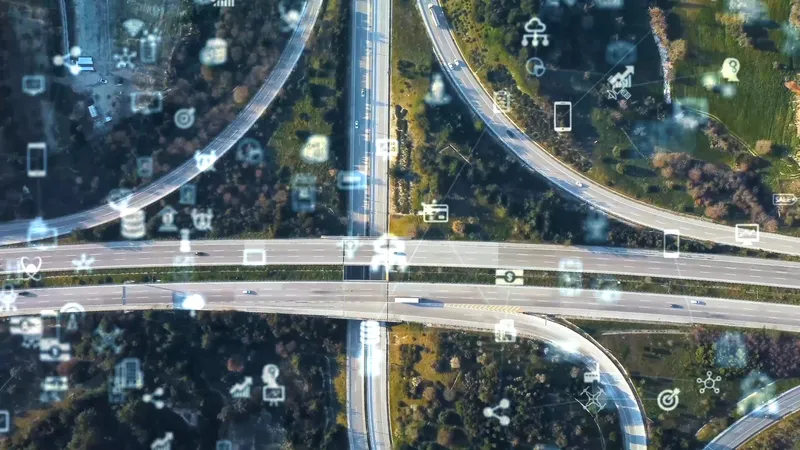To help reduce the number of serious and fatal road traffic accidents occurring in their region, the Indian State of Himachal Pradesh chose iMAAP and iMAAP mobile solutions for the management of their road accident data.
Designed and developed by TRL, the UK’s Transport Research Laboratory, iMAAP is a powerful new software solution for the management, analysis and evaluation of road traffic crash data. It will provide the Himachal Pradesh Government, Police, Road Authorities and other stakeholders with
April 2, 2014
Read time: 2 mins
To help reduce the number of serious and fatal road traffic accidents occurring in their region, the Indian State of Himachal Pradesh chose iMAAP and iMAAP mobile solutions for the management of their road accident data.
Designed and developed by491 TRL, the UK’s Transport Research Laboratory, iMAAP is a powerful new software solution for the management, analysis and evaluation of road traffic crash data. It will provide the Himachal Pradesh Government, Police, Road Authorities and other stakeholders with the vital information they require to target road safety interventions effectively, and reduce the number of fatal and serious road traffic accidents in their State.
Whilst there are some common road safety problems across India, Himachal Pradesh also has some unique road safety challenges as a result of its terrain and extreme weather conditions. TRL’s iMAAP and iMAAP Mobile Solutions, which are based on the latest multiple platform technologies will enable police officers in Himachal Pradesh to use tablet computers and mobile phones, to collect real-time road traffic accident data at the scene of an incident.
The system will also provide road safety specialists with powerful analytical tools for identifying accident trends and cluster sights, enabling more efficient and effective road safety interventions to be developed and deployed. Ultimately, the system will support the Himachal Pradesh authorities in reducing the number of people dying on their roads.
Designed and developed by
Whilst there are some common road safety problems across India, Himachal Pradesh also has some unique road safety challenges as a result of its terrain and extreme weather conditions. TRL’s iMAAP and iMAAP Mobile Solutions, which are based on the latest multiple platform technologies will enable police officers in Himachal Pradesh to use tablet computers and mobile phones, to collect real-time road traffic accident data at the scene of an incident.
The system will also provide road safety specialists with powerful analytical tools for identifying accident trends and cluster sights, enabling more efficient and effective road safety interventions to be developed and deployed. Ultimately, the system will support the Himachal Pradesh authorities in reducing the number of people dying on their roads.










